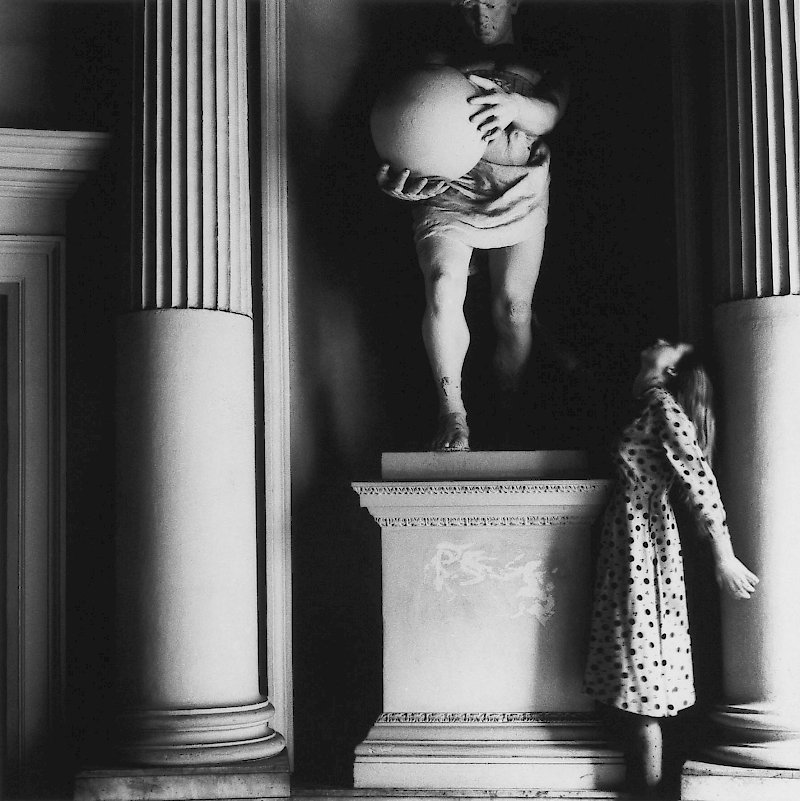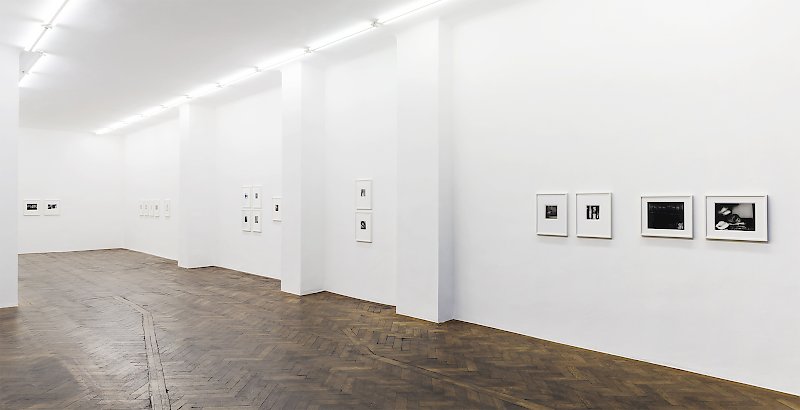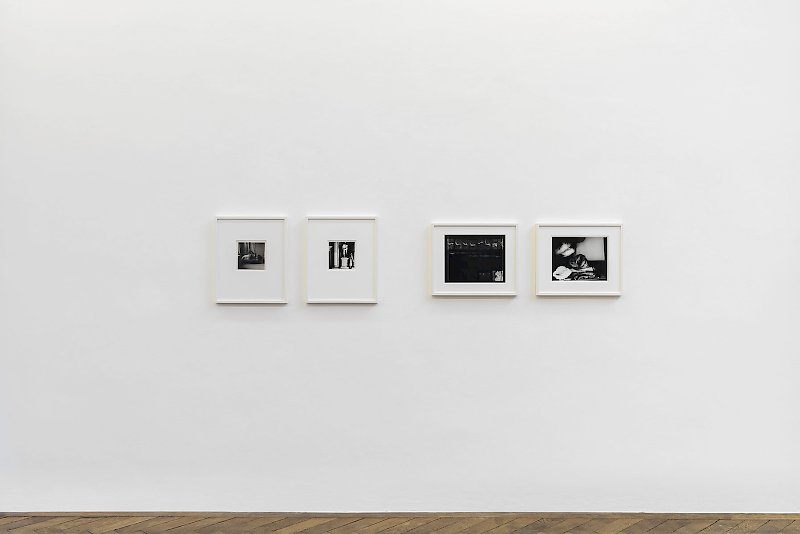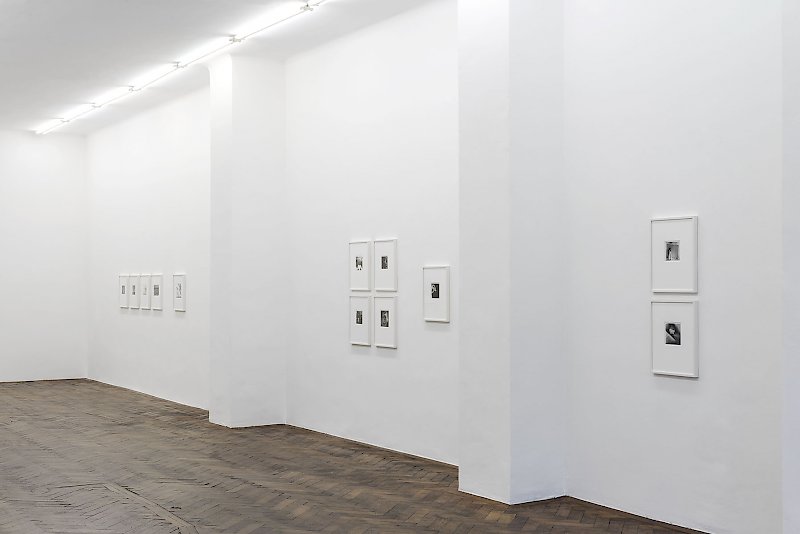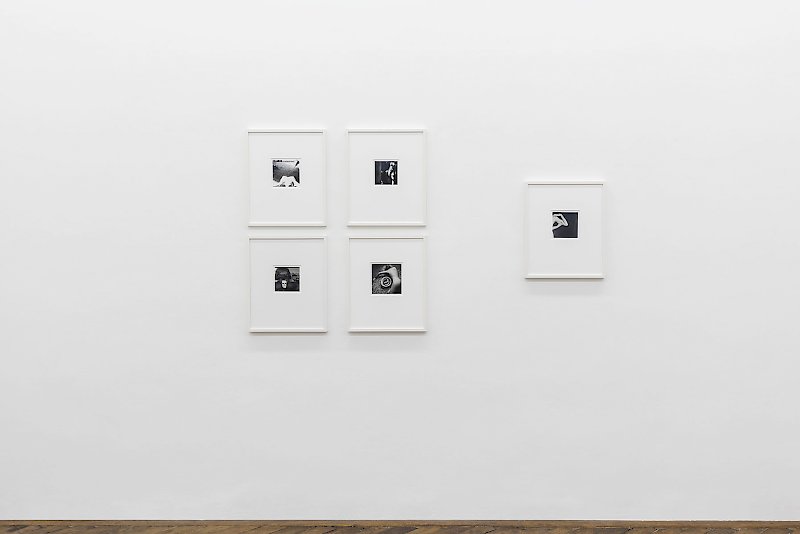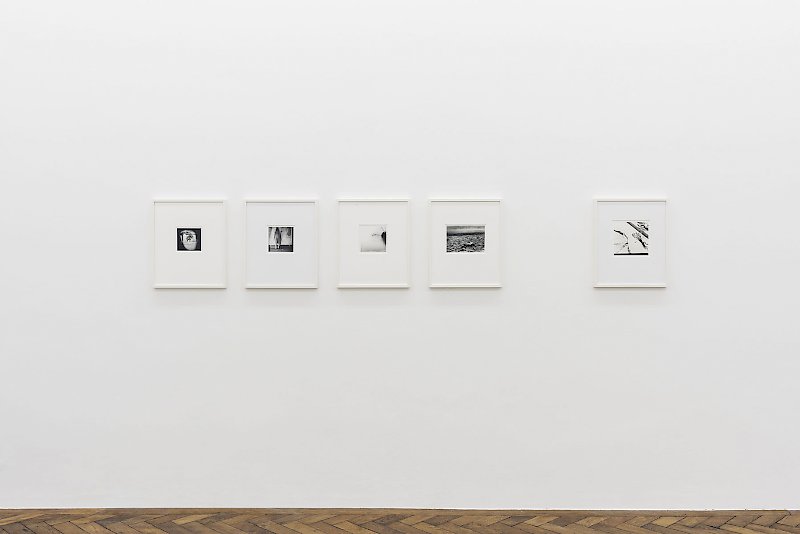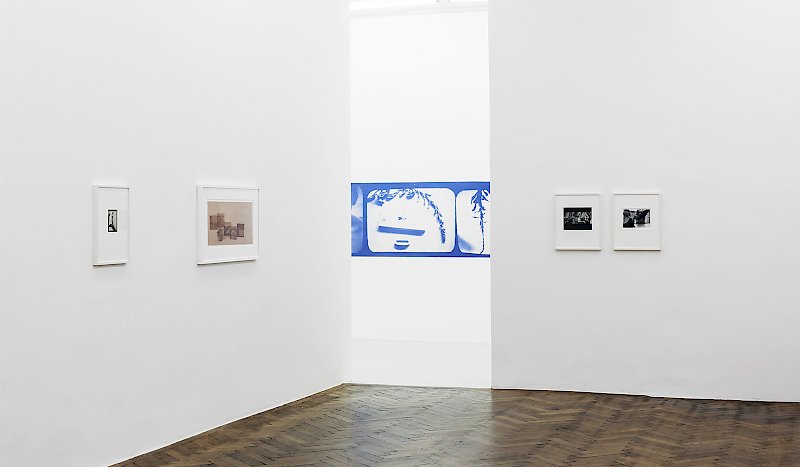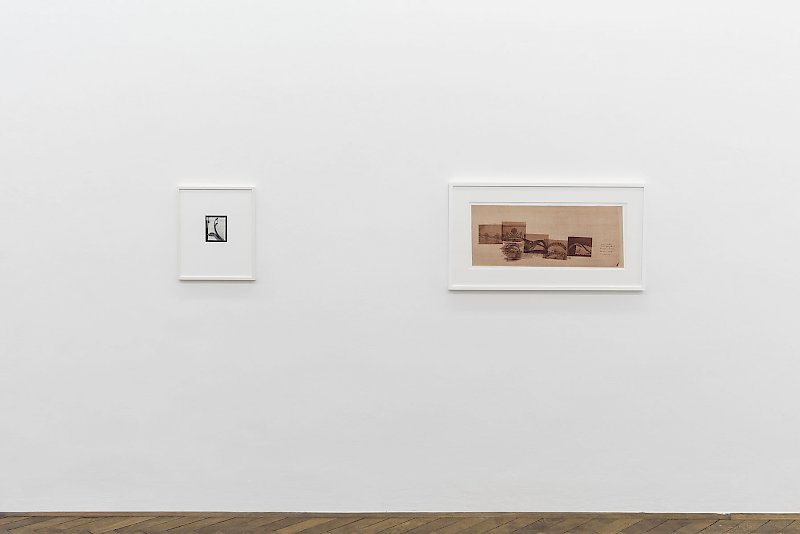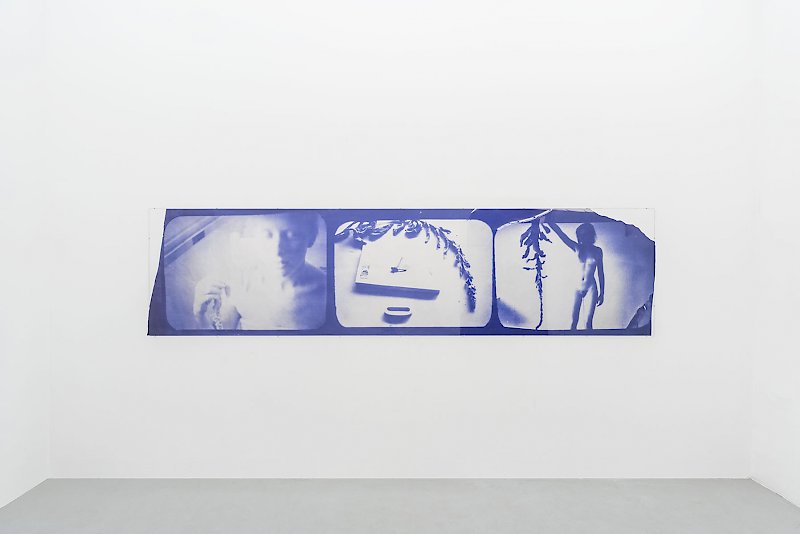“The truth is rarely pure and never simple.” Oscar Wilde, The Importance of Being Earnest (1895)
In the Victorian comedy of manners by Oscar Wilde, two of the characters pretend to be someone else: they apply another identity–namely the one of Earnest–to their own and until the end of the three-acts they play an exciting role-game, which is resolved through a surprising coincidence.
In Francesca Woodman’s work there seems to be a tripartite congruency that manifests a certain simultaneity. Three subjects are indeed present at the same time: the subject-photographer, the subject-object of the image and the subject within the frame that looks back at (acts on) the viewer. The temporality of these “three acts” materializes on the surface of Woodman’s photographs and declares, apart from its dilation, the artist’s working process while addressing some ontological questions on photography. The triangular symbol of the eye and the problem of the gaze are recalled by the very same triad of the subjects, whose actions’ diachrony is perceived synchronically by the viewer. The three acts are staged with a recurrent attention for geometry–both in an evident and a concealed way. While evoking through objects shapes such as circles or rectangles, Woodman oversteps the Modernist precepts by tilting the lines, the angles, the framings. Also, through her artist’s books one gets the sense of her interest (at once general and personal) in the relationship between the body–its extension– and the space. Francesca Woodman writes: “These things […] make me think about where I fit in this odd geometry”1. And this attention is recognizable throughout her oeuvre, her being visibly embedded–even if often in movement– in the space and within her time.
Instead of suggesting the concept of disappearance–as it is much indicated by critics–her often-blurry-presence evokes an active appearance (she steps out of and interacts with wallpapers, pieces of furniture, architectures and landscapes): being usually her intentions playful and related to her search for “where to fit.” Rather than attempts to vanish, Woodman’s photographs manifest the possible explorations of a subject integrated into space, being one with it: her own whimsical hide-and-seek. This playfulness is to be perceived in conjunction with her “provocations”: she proudly presents the naked bodies engaging the viewer in a “serious game”. Her jaunty attitude has been and still is extremely relevant, for her power was in fact her “availability” in being different subjects at the same time, in showing her nude “bodies” (or parts of them) and in inserting them honestly within an often-deconstructed-frame.
In Francesca Woodman’s (Denver, 1958–New York, 1981) second solo show at Galerie Hubert Winter a selection of works ranging from 1972 until 1980 is on view and includes photographs that engage with topics or elements (angels, furnitures, mirrors, fashion and other symbolic still-life subjects such as flowers, animals) which relate back–just to name a few–to Surrealism, Pictorialism, Victorian Gothic and Renaissance painting and rhyme geometrically with her own body in a continuous cross reference where the source is always slightly but clearly questioned. At the core of Woodman’s practice was in fact the very same query within the means and objectuality of art. In fact this ongoing investigation is pointed out, for instance, by her group of works on fashion photography (a way to make a living combined with a strong interest in fabrics and clothes) and by the late large format blueprints which included other subjects than humans (parts of cityscapes, tiaras, etc.).
Francesca Woodman’s photographs are blurry, there are no sharp contours and this is the very reason why they are so earnest: because they reveal unmistakably the impossibility of clarity. The three subjects blend in, confuse and are baffled by the viewer’s gaze.
The truth is never simple.
1. Francesca Woodman. Some disordered Interior Geometries (New York: 1980–81) Artist’s book
Reviews
Artforum- Critics´Picks von Max L. Feldman
Der Standart- Im Kabinett zerplitterter Spiegelbilder von Roman Gerold
Artmagazine- Francesca Woodman: Die Geometrie der Körper von Susanne Rohringer
Profil Nr. 9- Anti- Porno von Nina Schedlmayer
